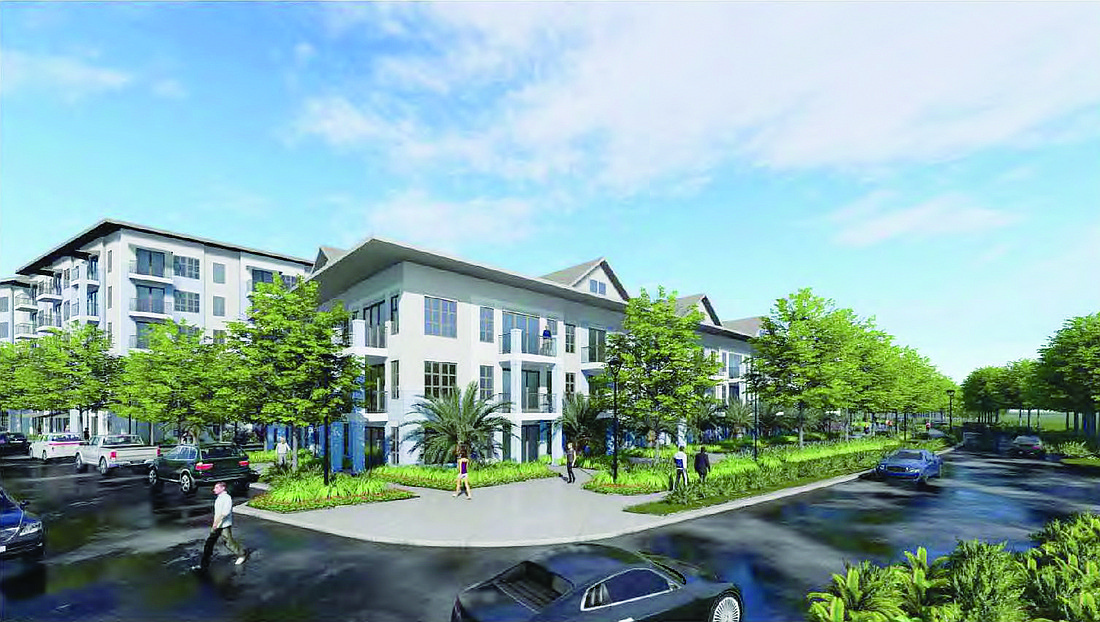- December 21, 2025
-
-
Loading

Loading

A nearly two-year dispute over Siesta Promenade, a mixed-use development project, continued Tuesday as attorneys presented oral arguments in the 2nd District Court of Appeal.
Sarasota County commissioners approved the project in December 2018, and shortly after, Pine Shores resident Sura Kochman sued over what she claimed were procedural errors.
The proposal includes 414 residential units, 130 hotel suites, retail space, office space and 25 affordable housing units.
Kochman and her attorney, Ralf Brookes, have argued that county leaders failed to consider various areas of impact to the area.
The suit's claims were denied in the 12th Judicial Circuit Court, but the Kochman appealed.
In front of a panel of three judges Tuesday, Brookes again argued that when the board approved the project, it violated Sarasota County’s code of ordinances that establishes a procedure for adopting a critical area plan.
In 2018, Benderson Development Co. and its associate for the multiuse project, Siesta 41 Associates LLP, petitioned for CAP approval for the project, which would enable them to build more dwelling units per acre than traditional zoning would allow.
Additionally, Brookes argued the board did not apply the land development code approving additional density and height and a multifamily use in the commercial general zoning category.
“These are both very clear procedural requirements that are built into the code, which have the central requirements of law and are clear principals of law,” Brookes argued.
Although Brookes argued the CAP is a legislative process that should be applied equally to all properties, appeals court Judge Daniel Sleet said it appeared to be more of a planning tool.
“It clearly says the adoption of the CAP is not a grant or a guarantee for rezoning or development, and it doesn’t have the effect of permitting or prohibiting development of any property,” Sleet said. “So if that’s the definition of the CAP, it seems to be a fluid tool that depends on the unique nature of each piece of property.”
Defendant attorney Steven Brannock and assistant county attorney David Pearce argued that the commission’s decision to approve the development was a legislative action and that a petition for writ of certiorari, what Kochman filed for, can’t contest such an action.
However, Judge Matthew Lucas questioned whether making policy for one owner, one project and one parcel of land is a decision of judgement and not entirely legislative.
“There is an intuitive appeal that when you’re talking about adjudicating property rights and determining or declaring the property rights of one person or one entity, for one project or one parcel of land, it sounds more like you’re judging and less like you’re legislating,” Lucas said.
Brannock argued that the quadrant could have easily been owned by 50 other developers, and precedent set by previous court cases have stated that it’s not the size of the project but rather how the commissioners came to approve the project.
The three-judge panel will now consider the oral arguments and documents presented to them from both sides and consider a decision.